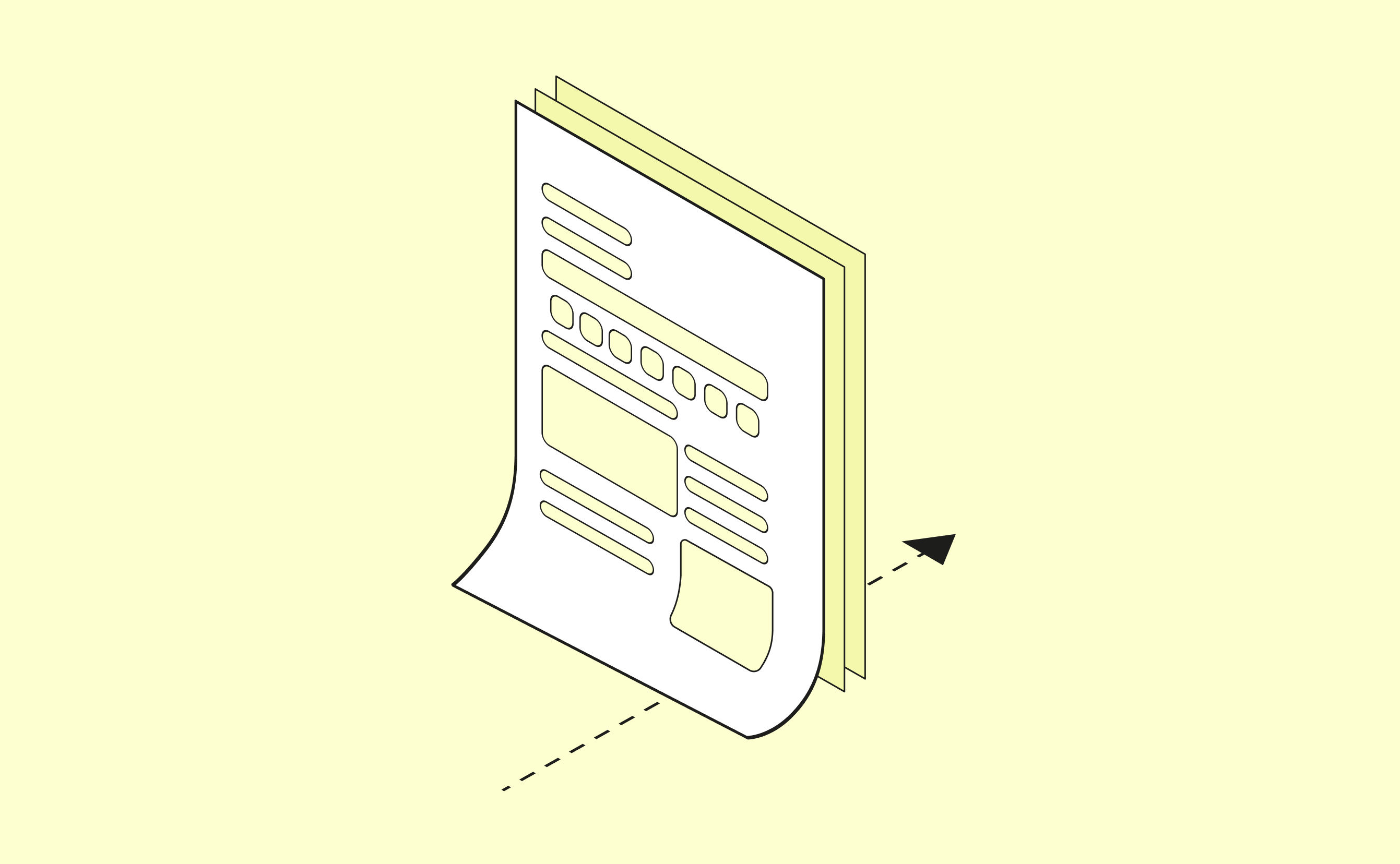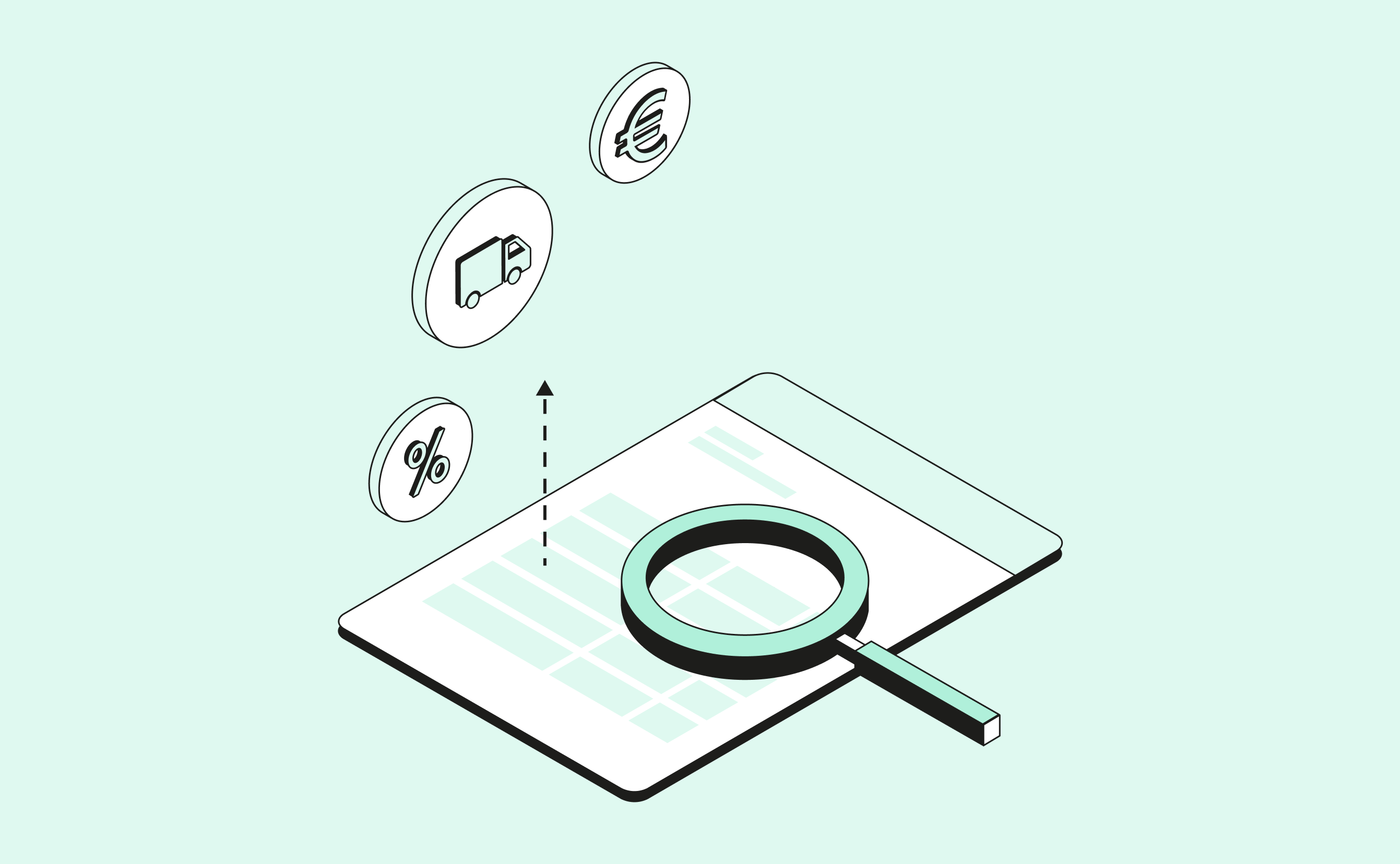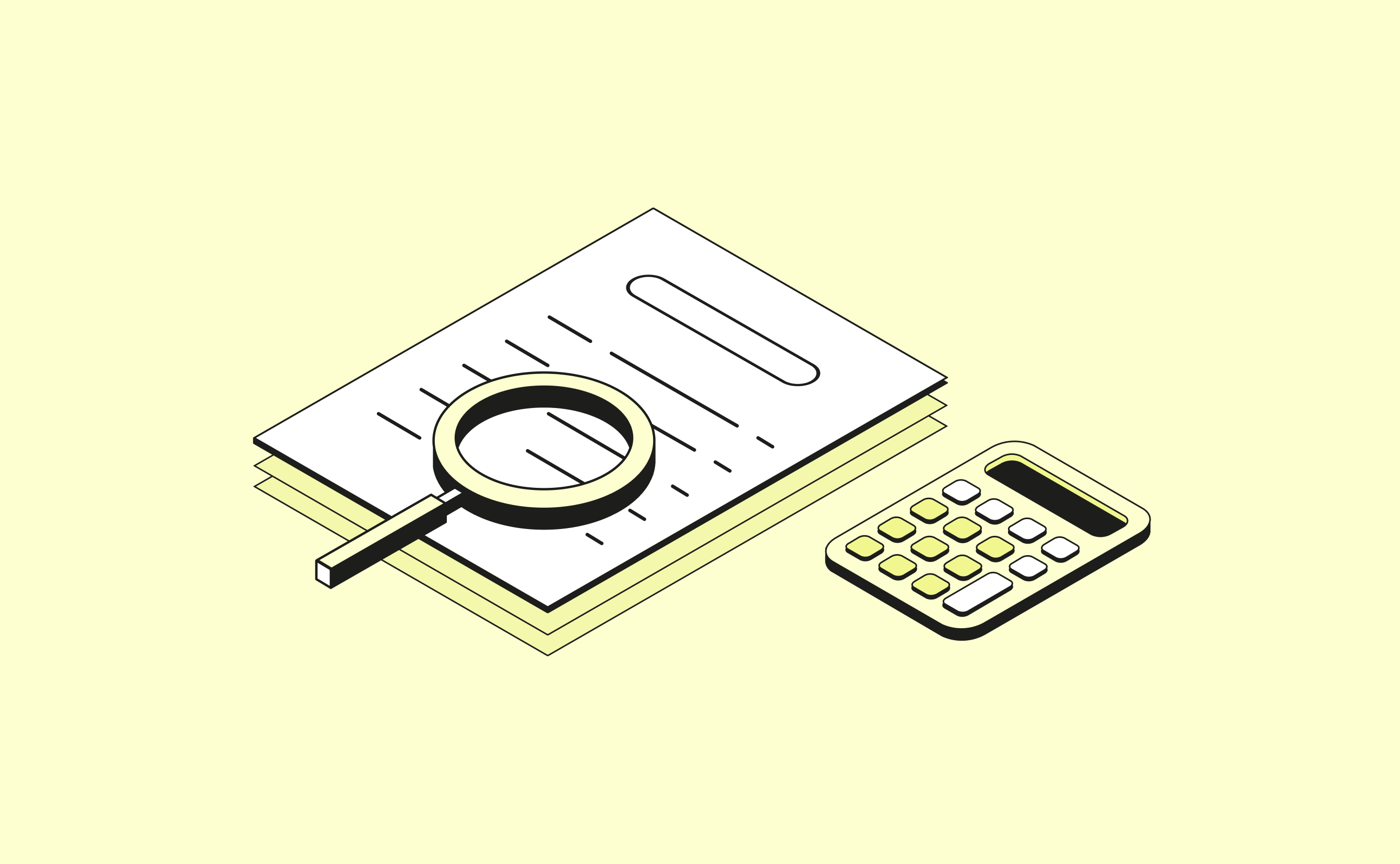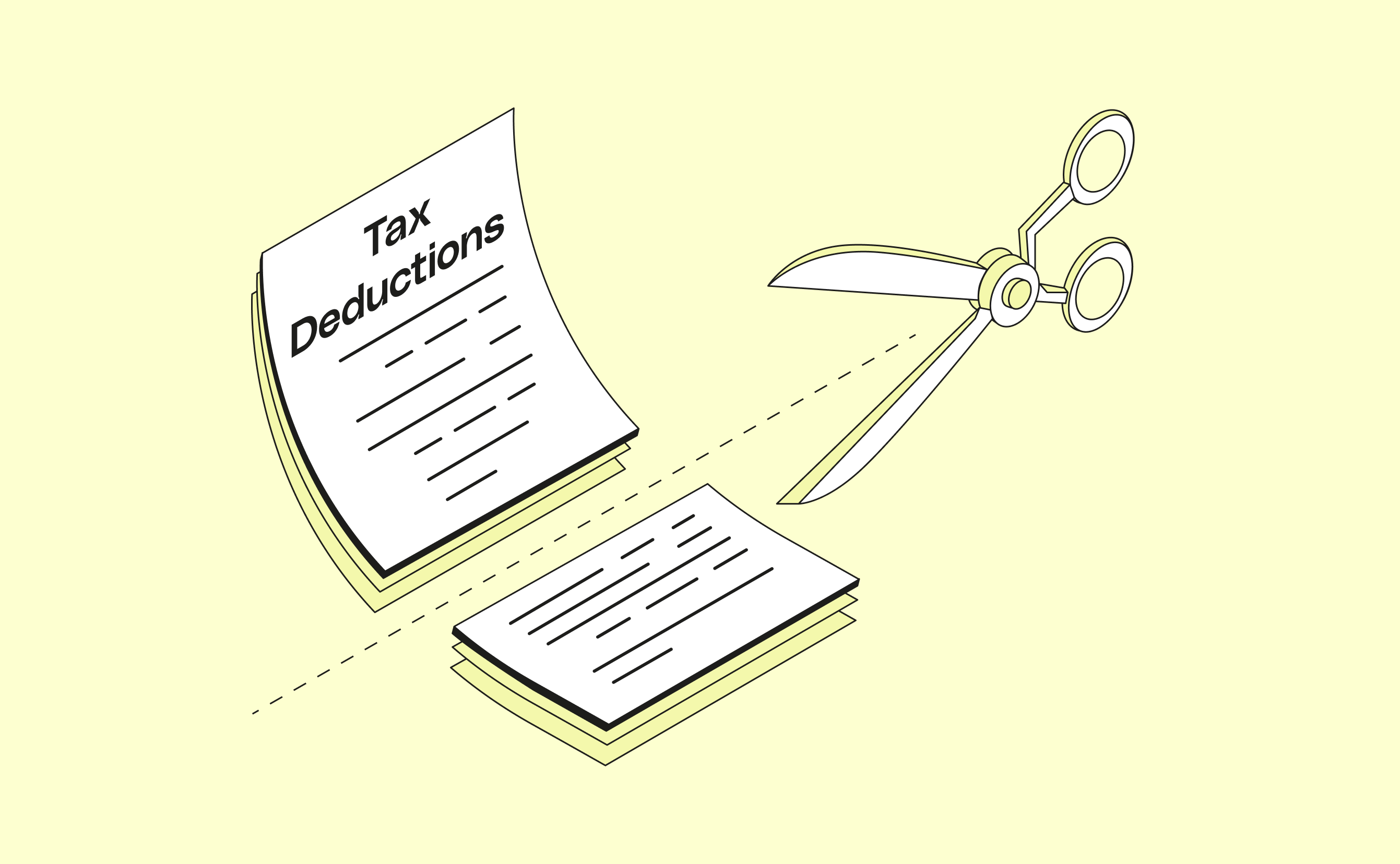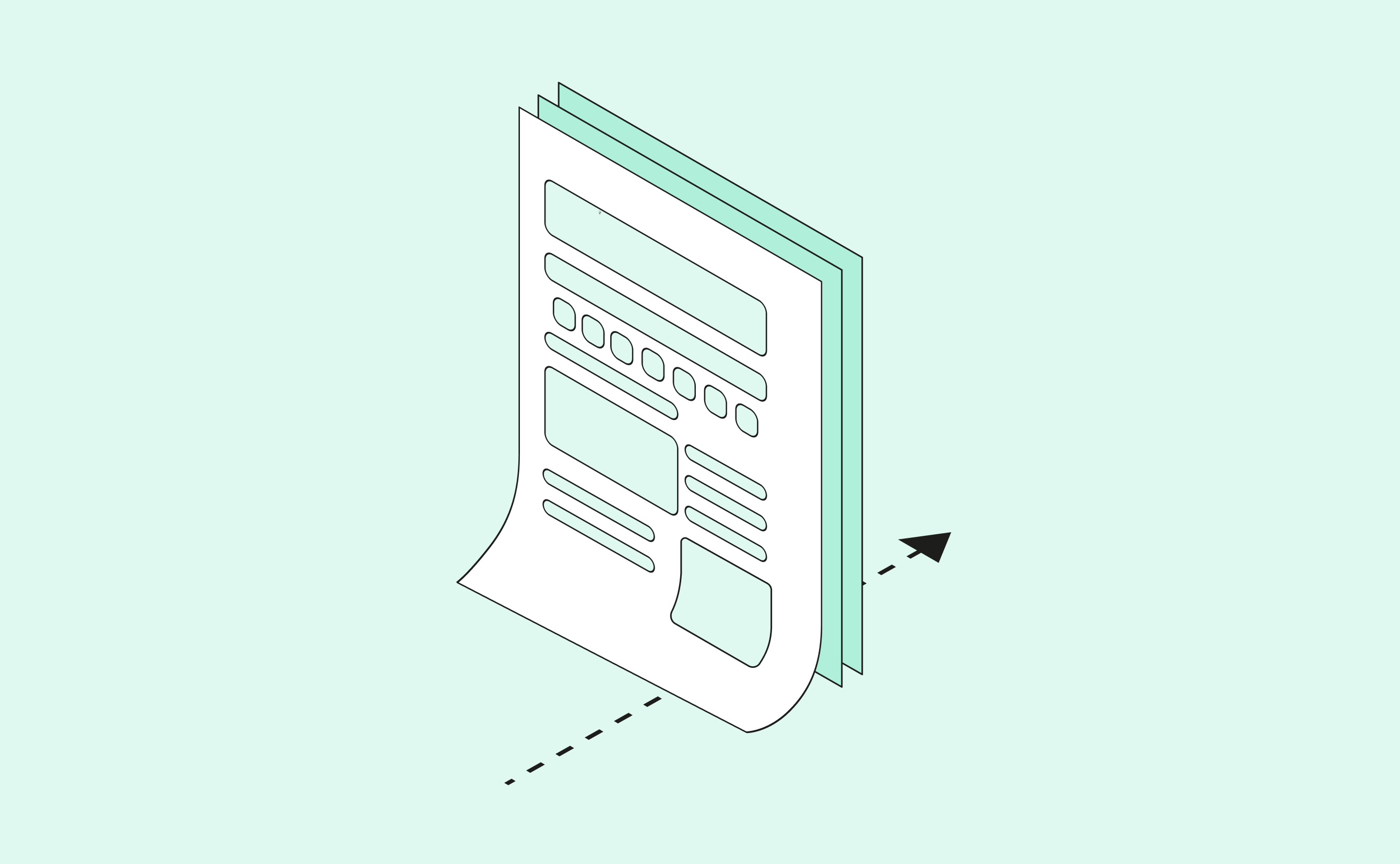This article was first published on Medium on January 24, 2019.
VAT (or Value Added Tax) is the indirect tax included in the selling price of goods and services. If companies collect it on behalf of the State, it doesn’t qualify as a cost and there’s no need to mention it on your profit and loss accounts. That’s why when it is time to report your VAT, you need to understand the difference between output, deductible and paid VAT, since how you declare and pay your VAT to the State depends essentially on your company’s tax regime.
- The difference between the amount excluding tax and the amount including all taxes (i.e., output VAT collected) is equal to the amount that the company invoices the customer on behalf of the State.
- Deductible VAT is the VAT that the company pays to its suppliers when an invoice is paid. Why is it deductible? Well, in addition to collecting VAT on behalf of the State by invoicing its customers, the company must also pay VAT on each of its expenses. The company may, under certain conditions and by justifying its payments, deduct the tax paid from the VAT collected.
- Paid VAT is the difference between output VAT collected and deductible VAT. When the deductible VAT is higher than the output VAT collected, the company receives a VAT credit and can declare it on its balance sheet.
